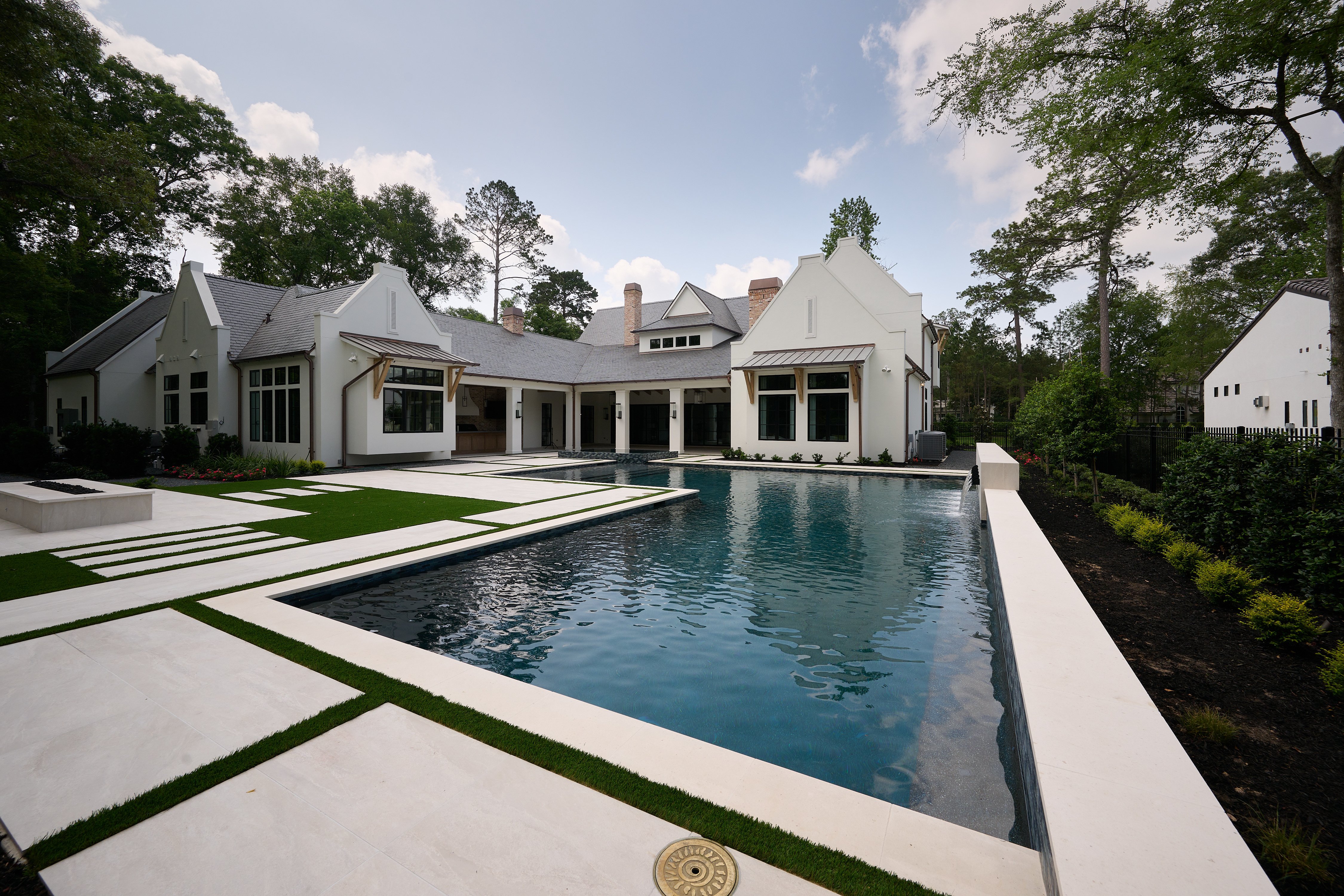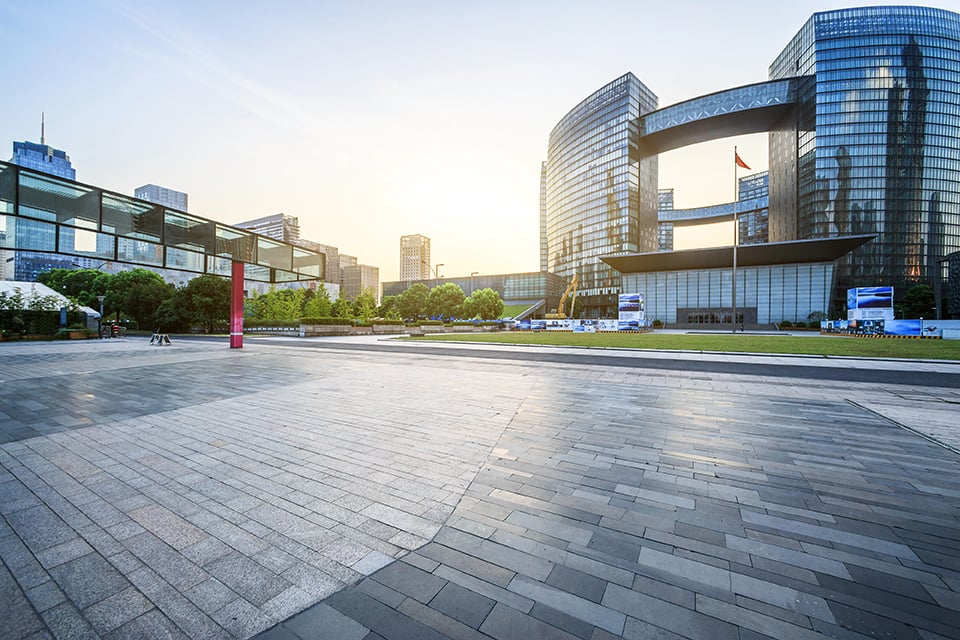Courtyards are one of many types of gathering spaces. They are open-air spaces that are mostly enclosed by the exterior walls of a home or building. A courtyard can range in size and have different features, including seating, water features, and landscaping.
Courtyards are constantly exposed to the elements: sun, rain, and snow, which can lead to damage over time. Water runoff from rain and snow can be particularly damaging, especially when there is no water management system. Ground erosion, landscape damage, and foundation issues are just some of the issues that can result from poorly managed water runoff. The erosion can create safety hazards for people, increasing the risk of injury should someone trip; the standing water itself is also a hazard, as people can easily slip on a slick surface and get hurt.
Avoiding these issues requires the proper management of standing water. The best way to do this is with a reliable courtyard drainage system.
Courtyard Drain Options to Consider
Here are some of the more traditional options for a courtyard drain system:
Channel (Trench) Drains
A channel drain, or trench drain as they are also known, is the most common choice for drainage solutions in courtyards. Channel drains are long surface drainage systems that can come in different widths, allowing them to collect large amounts of water runoff. For a channel drain to work, the ground needs to have a slight slope, which will allow water runoff to flow into the grate-covered drain channel. A channel drain can be used alone, but it can also work in conjunction with other solutions.
The grate helps to keep large objects from getting inside the drain channel, but it is typically unattractive, can wear down over time, and makes drain maintenance more difficult, which also means it can be more expensive. These systems also aren't always ADA-complaint, which can create safety issues for some individuals.
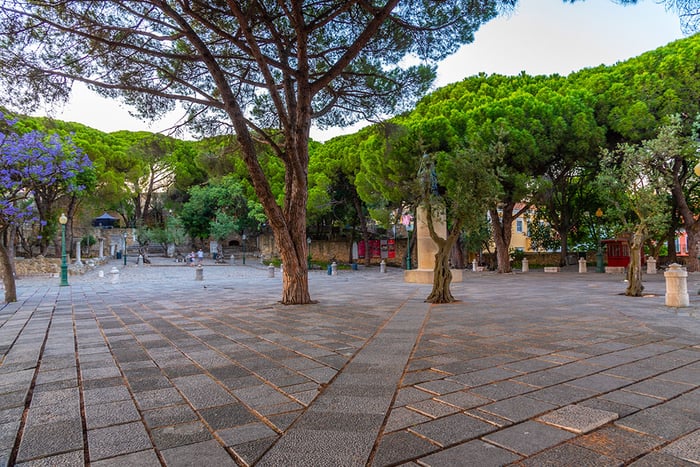
French Drain
A trench drain is one of the most common drainage systems, however, a French drain is one of the oldest. Unlike a trench drain, the French drain is a subsurface system that consists of a perforated pipe inside a lined trench covered in gravel. While effective, especially if paired with a catch basin or other drainage option, French drains require extensive excavation and are neither cheap nor the most attractive option for courtyard drainage.
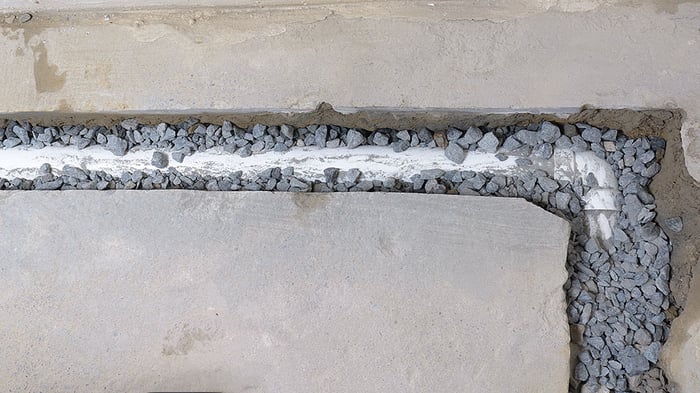
Catch Basins
You typically find catch basins under a downspout or gutter, where they can catch water before it can even start collecting. These systems feature a grate-covered square entrance point connected to a hidden pipe that directs the collected water into a designated outlet. Outlets can be anything from a French drain to a storm sewer, depending on your choice.
Permeable Pavers
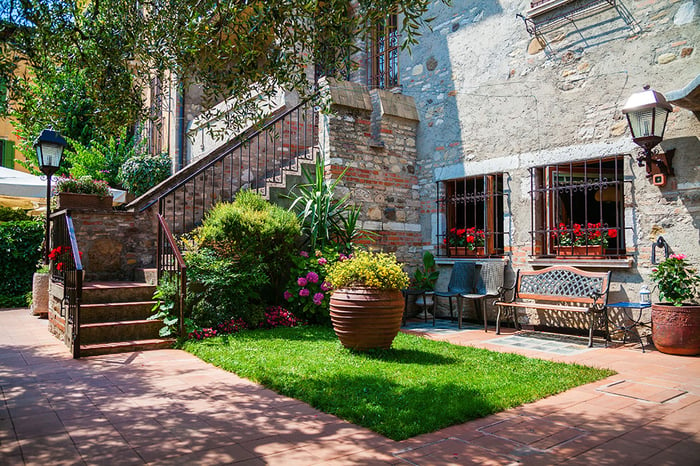
Permeable pavers are a newer form of drainage that is gaining popularity for their unique design and beautiful aesthetics. Water runoff trickles through the pores of the pavers and slowly absorbs back into the ground underneath, eliminating some pollutants and lessening the need to rely on storm sewers.
Permeable pavers are a viable courtyard drainage option in private residences; the same cannot be said for public courtyards due to their fragility. Permeable pavers require regular maintenance to ensure the pores don't become clogged, making them work less efficiently.
Landscape Drains Slot Drain System
These aren't the only options for courtyard drainage; they are just the more well-known ones. Landscape Drains also has an option worth considering: the Slot Drain System.
The Slot Drain from Landscape Drains is a modern take on the traditional trench drain system. Like a trench drain, the Slot Drain is a surface system with a sleek, linear design and a durable stainless steel drain channel.
That is seemingly where the similarities end; where the trench drain has a wide channel, the Slot Drain does not. As the name implies, the system features a slim opening, coming as small as 1/2-inch wide, with the largest opening being 1 1/4-inches wide.
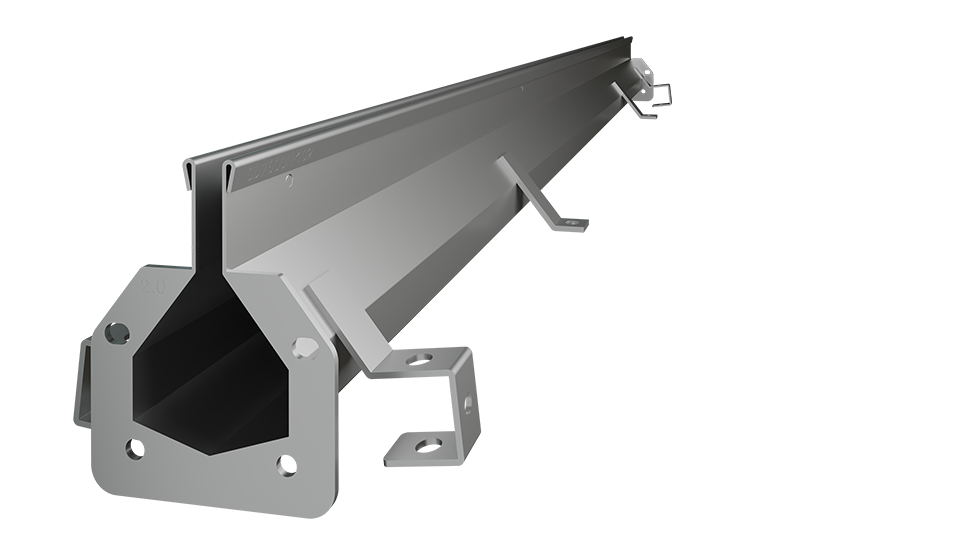
Such small openings eliminate the need for a grate cover, which allows the Slot Drain to blend more seamlessly with the surrounding ground. The 1/2-inch option is also ADA-compliant, making it ideal for public courtyards.
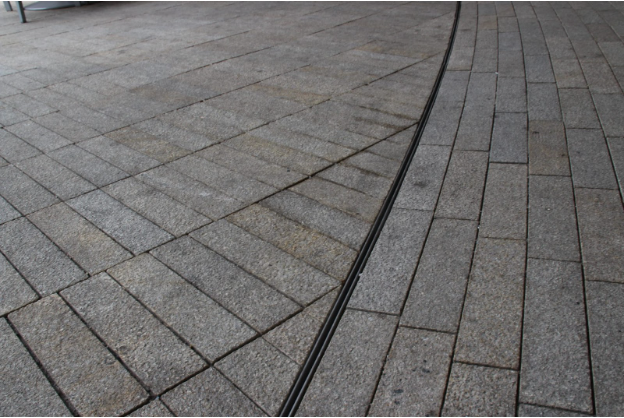
Without a grate cover, the Slot Drain is easier to maintain. You can use a brush or paddle to push debris towards the attached catch basin or use the company's Flush Flo system to manually flush the channel with water, or on a timed schedule. Slot Drain is also easy to install and comes pre-sloped and pre-assembled, drastically cutting down on the time it takes to set up the system.
Landscape Drains offer different models of their Slot Drain system, the 6,000 and 7,000 Series offer a Load Class C, making them capable of supporting more weight than the 3,000 and 4,000 Series models, which only support up to Load Class A. Regardless of what Series you choose, all Slot Drain models offer the same flow rates: 11 gpm for the 1/2-inch model, 18 gpm for the 1-inch model, and 27 gpm for the 1 1/4-inch model.
Keep Standing Water Out of Your Courtyard with Landscape Drains
Standing water is something you want to avoid no matter what. It can create safety issues, cause serious damage to the courtyard, and even affect the surrounding buildings' foundation if left unmanaged. Installing a drainage solution is the best way to prevent standing water and damage from water runoff–and choosing the right system is critical. For the most effective solution for courtyard drainage, look no further than the Slot Drain from Landscape Drains.
Contact Landscape Drains today to see which drainage product works best for your courtyard design.
